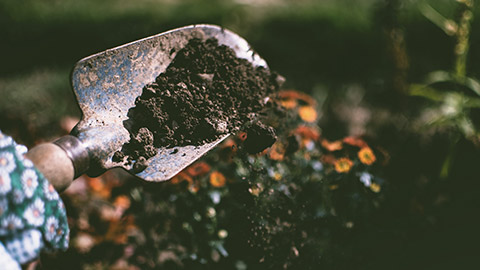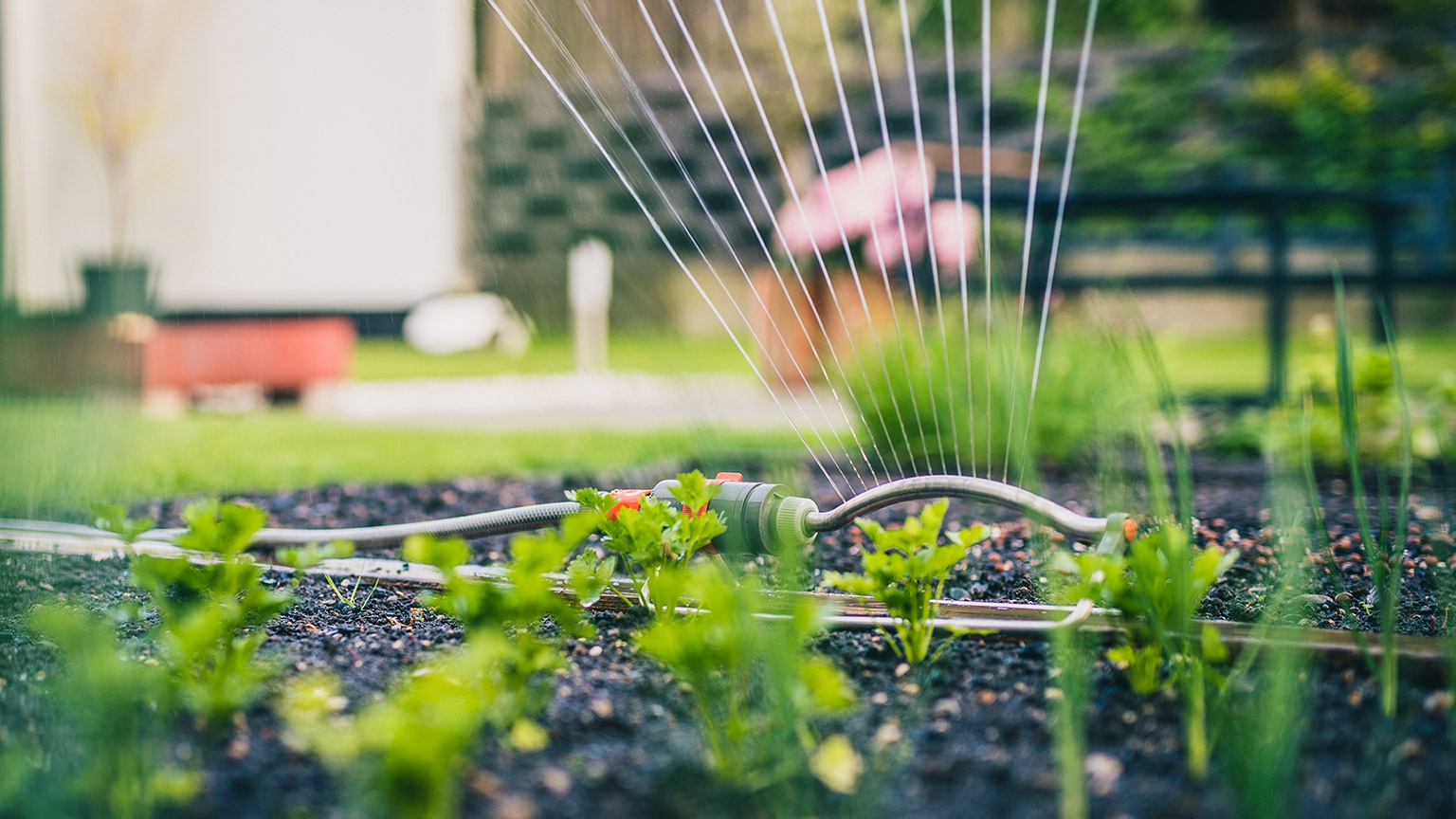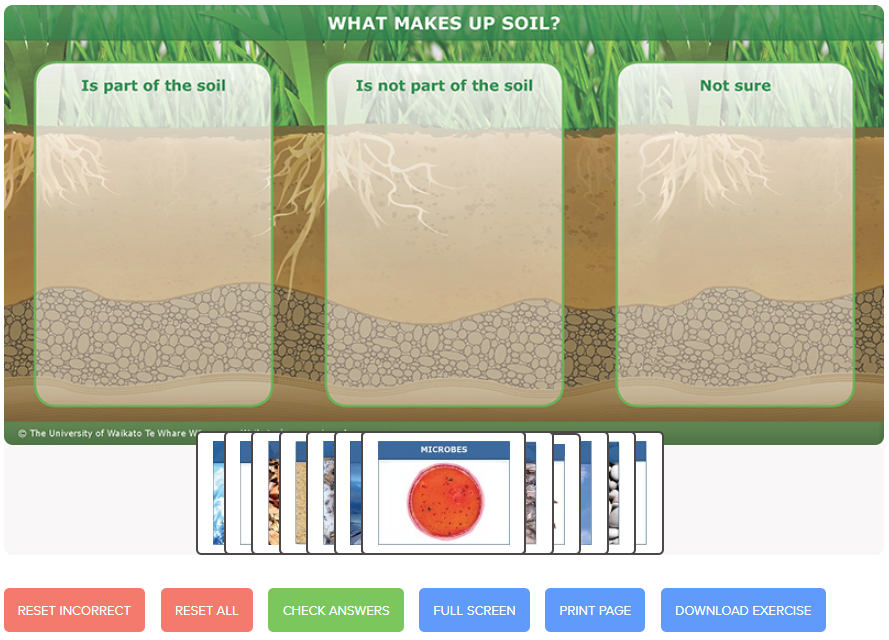Plants, like all living things, require conditions that support their biology.
There are five main things that plants need to grow.
- Light
- Air
- Water
- Nutrients
- Something to grow in
Learn about each by selecting the (+) sign on the right.
Plants make their own food using a process called photosynthesis and one of the main things needed for photosynthesis is light. This is usually in the form of sunlight, but other light sources can also be used. For example, “grow lights” can be used to grow plants indoors.
Carbon dioxide from the air is another thing plants need for photosynthesis. Cellular respiration – the process of converting stored energy (food) into growth energy – needs oxygen, which it draws in from the air.
- photosynthesis
- dissolving nutrients in the soil and drawing these into the plant through its roots
- the ability to stay firm and upright due to the pressure from water in the plant.
- You probably already know this – when a plant doesn’t have enough water, it becomes soft and floppy.
- water evaporates from the leaves, which creates suction that pulls more water from the roots up to other parts of the plant.
Mineral nutrients are elements that plants need to survive. Different plant processes need different nutrients, for example:
- Nitrogen (chemical symbol: N) is important for the development of branches, stems and leaves.
- Phosphorus (chemical symbol: P) is important for root growth and fruit formation and growth.
The object that a plant grows in is called the growing medium. In most cases this is soil, but it could also be aged compost or potting mix. The main purposes of a growing medium are to hold the plant in place, and to allow water with dissolved nutrients to enter the plant’s roots.

The most common growing medium is soil. In Aotearoa, we are fortunate to have a lot of soil. But not all soils are the same.
Soil composition
Soil is made up of four key ingredients:
For ideal plant growth, soil would be made up as follows:
Mineral particles
The size of the mineral particles in the soil determines how the soil feels, and this is called soil texture, or soil type.
The largest particles are called sand. Grains of sand that are worn down into smaller particles are called silt.
The smallest particles are called clay, and these form through chemical processes rather than physical ones. In other words, clay isn’t just silt that has been crushed into a finer granule.
Soil may have some stones or pebbles in it, but should not have large rocks. Rocks are not considered part of the soil.

Water
Water and air fill gaps between mineral particles and organic matter. These gaps are called pores or pore spaces.
During heavy rain or watering, water will push the air out of the pore spaces, and they will become completely filled with water.
After the rain or watering stops, the water in the pores will drain deeper into the soil, and air will be pulled back into the pores. Unless the soil becomes extremely dry, which can happen by the end of a hot summer, it will usually still hold some soil water in the pores. This is because the water is held on the surface of the mineral particles by surface tension and is held in and around organic matter, which acts like a sponge.
Water and air fill in the gaps between mineral particles and organic matter.
Air
Like water, air takes up space in the pores of the soil.
Air is an important part of the soil for two main reasons.
- Animals that live in the soil, like worms, need air to live.
- Air and those animals are needed for the normal breakdown of organic matter (aerobic decomposition).
- Soil that doesn’t have enough air in it will lead to organic matter rotting (anaerobic decomposition), which creates unpleasant gasses and leaves leftover material in the soil that is not good for plants.
Organic matter
Organic matter is anything in the soil that is animal or plant, dead or alive.
Most organic matter is plant residue (dead plants).
Plant residues contain 60-90 percent moisture. The remaining dry matter consists of carbon (C), oxygen, hydrogen (H) and small amounts of sulphur (S), nitrogen (N), phosphorus (P), potassium (K), calcium (Ca) and magnesium (Mg). Although present in small amounts, these nutrients are very important...Bot, A., & Benites, J. (2005). The importance of soil organic matter
Activity – Know your soil composition
Click the image below to visit the Science Learning Lab and have a go at determining...is it soil or not?! When you've dragged all the photos into the appropriate boxes, click the green Check Answers button. When you are done, close the new browser tab to return here and continue to the next topic.
Science Learning Lab: What makes up soil?

